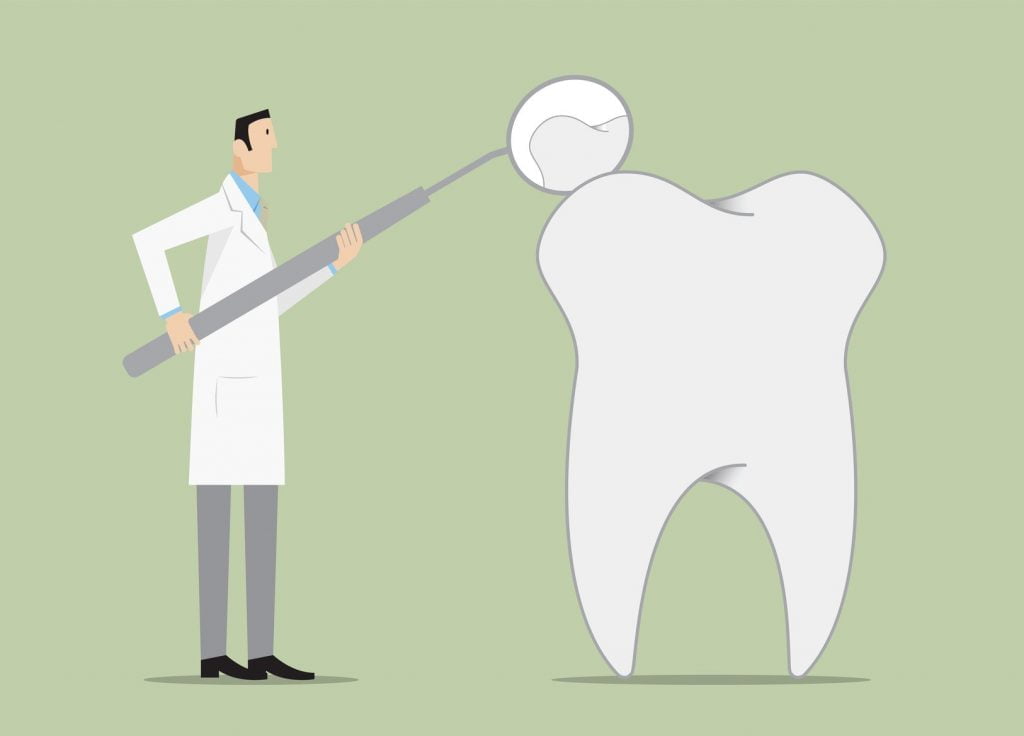
By Rob Simons
One of the many characteristics that makes each person unique is the way we communicate. You probably know someone who is a “talker” and loves to engage in small talk. And you probably have other friends who can’t stand small talk, and who just want to know what’s on your mind and get to the point. These differences in communication styles can have a dramatic impact on the effectiveness of personal and business relationships.
At Petra Coach we have our members take what is called a DiSC exam to determine their preferred communication style. “DiSC” stands for the four core styles, which are as follows: D = Dominance, i = Influence, S = Steadiness, and C = Conscientiousness. Everyone has some mix of these four communication styles, but most people typically tend strongly toward one or two styles.
Once team members know their different styles, they can participate in exercises and create tools to improve how they communicate in the office. The assessments allow team members to understand how each person prefers to receive and deliver information, and it is a highly effective way to create a better culture of alignment and accountability.
Recently I discovered an interesting example of how DiSC can also be used to improve the customer experience. I came across this example in an unexpected location: the dentist’s chair.
For over 15 years I’ve been a loyal patient of J. William Robbins, DDS, MA, a San Antonio-based dentist who maintains a full-time private practice with an emphasis on aesthetic and reconstructive dentistry. During my last visit to his office I overheard one of the office staff talking about how another patient is “such an ‘i’ personality.” From the conversation, I immediately recognized that she was describing a patient’s “Influence” communication style from the DiSC methodology.
I wanted to know more, so I asked Dr. Robbins how his office was introduced to DiSC. He said, “Approximately 15 years ago we brought a consultant into our practice to help with systems, cash flow, etc. She introduced the DiSC system to us and we have been using it since.”
Dr. Robbins proceeded to give me an example of how he incorporates DiSC into his day: “I go over my day sheet every morning before the staff arrives. I write a D, i, S, or C by every patient’s name so the staff knows each patient’s personality style. For instance, if a patient is a D (Dominance), we want to be sure to start and finish on time and to minimize chit chat, unless the patient initiates it.”
Said Dr. Robbins, “When we honor the patient’s personality style, they commonly relax because it feels good to be treated the way you expect the world to treat you. Another interesting outcome is that understanding the DiSC system helps you understand yourself, your style of communication, how you interact with others, and that not everyone sees the world through your lenses. That has been very helpful in my personal relationships with my family.”
At Petra Coach, we also find DiSC an invaluable tool for teaching teams the nuances of communicating quickly and effectively. For example, a D (Dominant) personality can quickly become frustrated communicating with a C (Conscientious) team member because it’s common for a C personality to need time to process information and create a conclusion that he or she can stand behind. A D personality needs to understand the C’s need for a detailed, analytical analysis. And the C team member needs to recognize that a D wants a quick answer. Both team members can improve overall communication by understanding each other’s communication styles.
